The AMD 2nd Gen Ryzen Deep Dive: The 2700X, 2700, 2600X, and 2600 Tested
by Ian Cutress on April 19, 2018 9:00 AM ESTShadow of Mordor
The next title in our testing is a battle of system performance with the open world action-adventure title, Middle Earth: Shadow of Mordor (SoM for short). Produced by Monolith and using the LithTech Jupiter EX engine and numerous detail add-ons, SoM goes for detail and complexity. The main story itself was written by the same writer as Red Dead Redemption, and it received Zero Punctuation’s Game of The Year in 2014.
A 2014 game is fairly old to be testing now, however SoM has a stable code and player base, and can still stress a PC down to the ones and zeroes. At the time, SoM was unique, offering a dynamic screen resolution setting allowing users to render at high resolutions that are then scaled down to the monitor. This form of natural oversampling was designed to let the user experience a truer vision of what the developers wanted, assuming you had the graphics hardware to power it but had a sub-4K monitor.
The title has an in-game benchmark, for which we run with an automated script implement the graphics settings, select the benchmark, and parse the frame-time output which is dumped on the drive. The graphics settings include standard options such as Graphical Quality, Lighting, Mesh, Motion Blur, Shadow Quality, Textures, Vegetation Range, Depth of Field, Transparency and Tessellation. There are standard presets as well.
We run the benchmark at 1080p and a native 4K, using our 4K monitors, at the Ultra preset. Results are averaged across four runs and we report the average frame rate, 99th percentile frame rate, and time under analysis.
All of our benchmark results can also be found in our benchmark engine, Bench.
MSI GTX 1080 Gaming 8G Performance
1080p
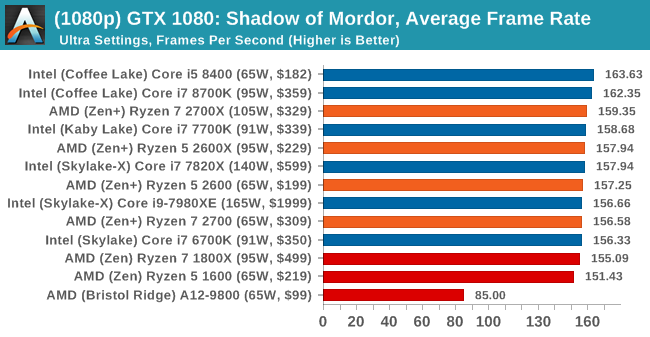
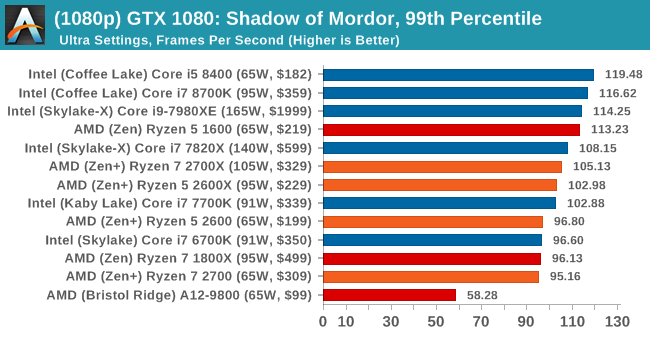

4K
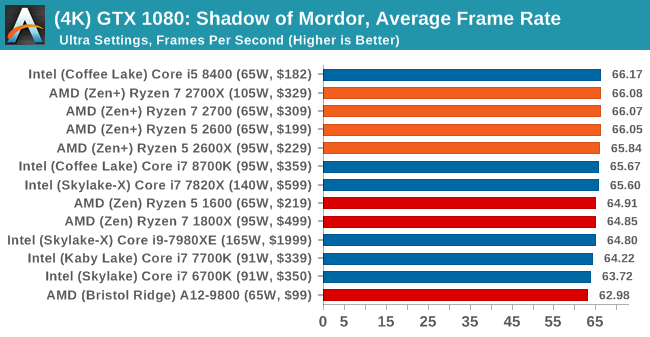

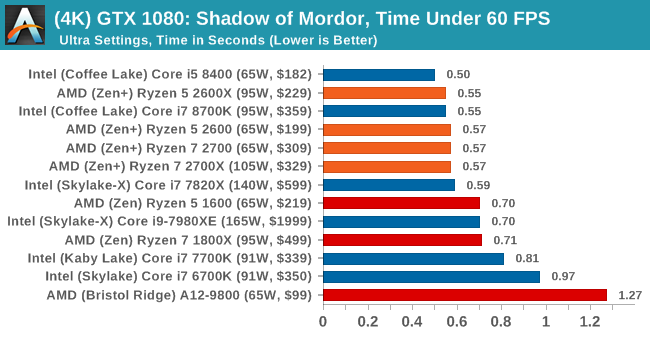


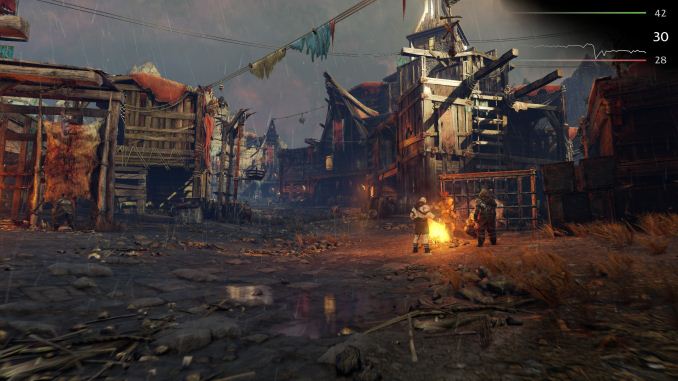
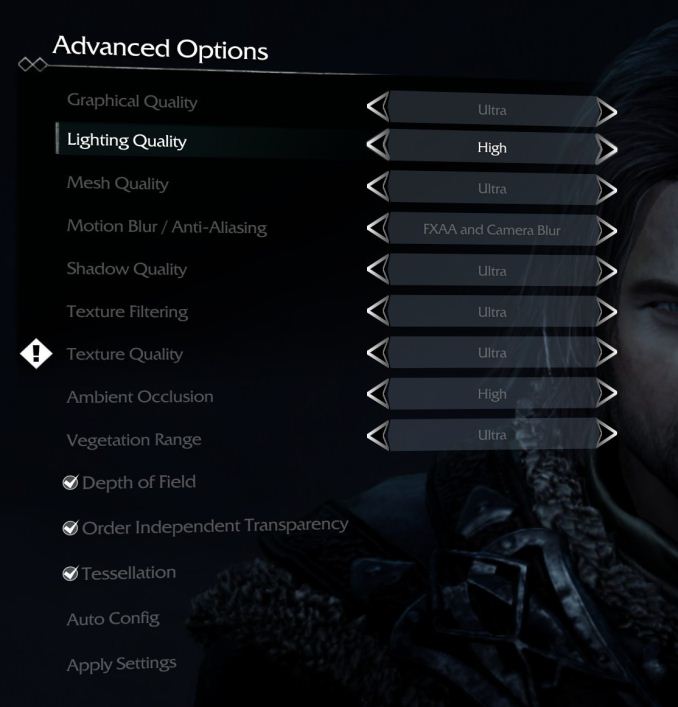









545 Comments
View All Comments
ComposingCoder - Thursday, April 19, 2018 - link
just an FYI, they tested on different settings..... Toms Hardware for example used High on civ VI vs ultra that was used here.fallaha56 - Thursday, April 19, 2018 - link
Try techradar who actually patchedThey too are showing massive Intel hits
RafaelHerschel - Thursday, April 19, 2018 - link
Correct me if I'm wrong, but TechRadar seems to have tested only two games and provides minimal information on how they tested. Plus, Intel is still a bit faster in their tests.fallaha56 - Thursday, April 19, 2018 - link
Look at the geekbench scoresThey also include ‘before and after’ Spectre2 patches for Intel
The reliance of Intel on prefetch is well-known and now it’s busted
Crazyeyeskillah - Friday, April 20, 2018 - link
AMD hardware crushes intel on GEEKBENCH. You have to look at all tests together, and never focus on one test, unless that is the only thing you are buying your processor for, like gaming, or video encoding.sardaukar - Thursday, April 19, 2018 - link
There's no need to be a dick about it.SkyBill40 - Thursday, April 19, 2018 - link
Burden of proof fallacy?ACTIVATE!
xidex2 - Thursday, April 19, 2018 - link
So you are now Intel engineer or what? How do you know what impact those patches have on Intel CPUs? Get a grip and delete these childish comments.RafaelHerschel - Thursday, April 19, 2018 - link
I'll add Hardware Unboxed on YouTube.ACE76 - Thursday, April 19, 2018 - link
Anandtech isn't the only one to have come to this conclusion bud.